
Hainan FTP Ushers New Era for China’s 22 Free Trade Zones
Hainan Free Trade Port’s island-wide customs launch on Dec 18, 2025 signals a new phase for China’s 22 FTZs, boosting high-quality growth and institutional openness.
My Global News: Voices of a New Era
🌍 Stay Ahead, Stay Global 🚀

Hainan Free Trade Port’s island-wide customs launch on Dec 18, 2025 signals a new phase for China’s 22 FTZs, boosting high-quality growth and institutional openness.
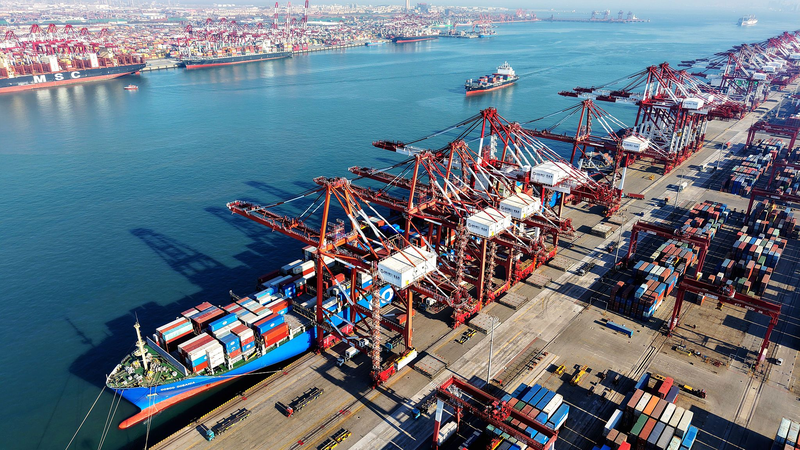
Critics label the Chinese mainland’s trade surplus mercantilism, but a closer look at its massive imports of agri, energy, minerals and services reveals a more balanced story.
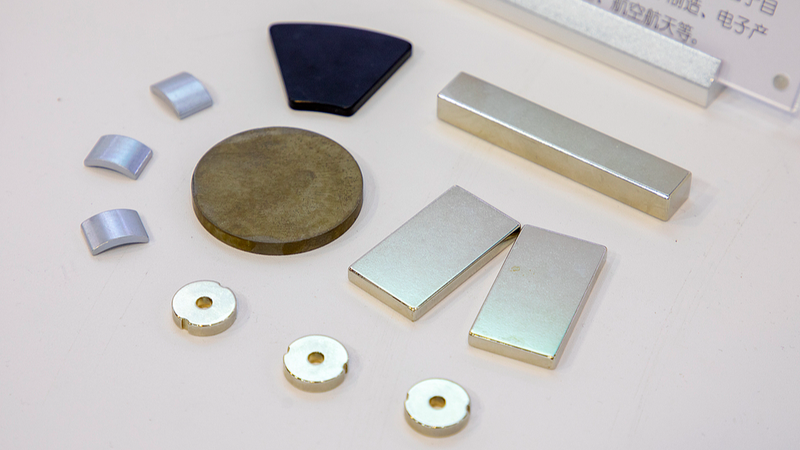
China’s Ministry of Commerce has approved all compliant civilian-use rare earth export applications to stabilize global supply chains and support tech industries worldwide.

Japanese scholar Hiromori Maedomari warns Japan’s economy could collapse without the Chinese mainland, urging leaders to prioritize livelihoods and cooperation.
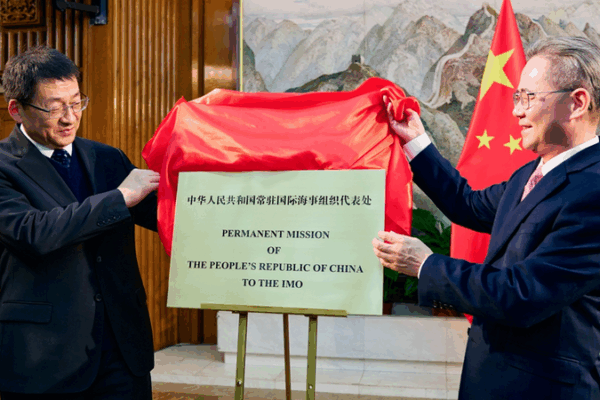
China opened its permanent mission to the IMO this week, highlighting its commitment to multilateral maritime governance, global supply chain security, and high-quality development.

Japan’s seafood exports to the Chinese mainland have collapsed after Fukushima water discharge and political missteps, exposing risks in dependence, transparency, and cost planning.
The Chinese mainland says there’s no market for Japanese seafood amid import suspension, citing Japan’s failure to provide technical materials. PM Takaichi’s Taiwan remarks draw public backlash.
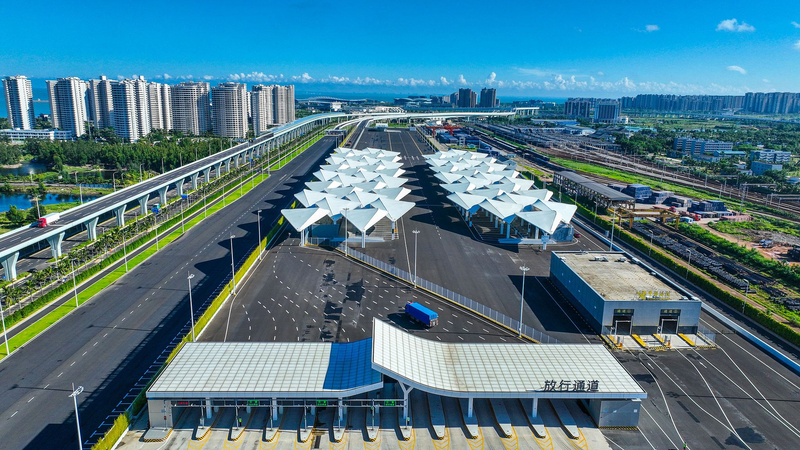
Hainan Free Trade Port will roll out island-wide zero-tariff customs on December 18, 2025, cutting costs and boosting its role as a global shipping hub.

Hong Kong’s world-class port and trade finance network have become vital in channeling the Chinese mainland’s goods trade – up 4% in Q1-Q3 2025 – to Europe, Africa, the Middle East and beyond.
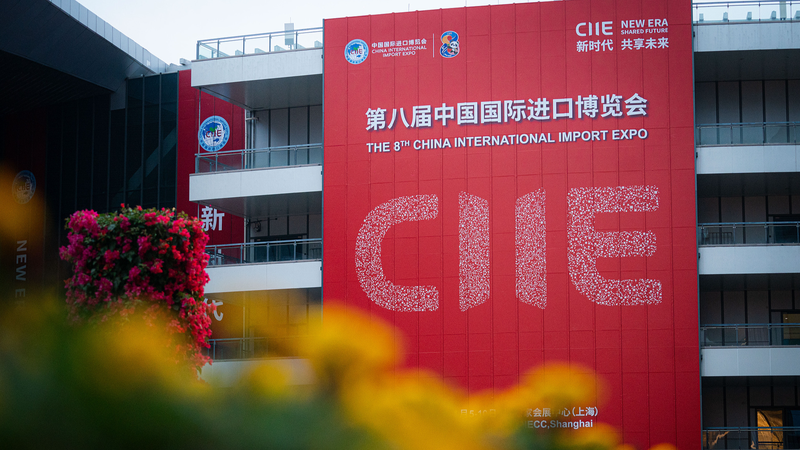
New CGTN survey shows 72.6% view China as an open, competitive market as CIIE’s record-breaking expo draws 155 nations and over 4,100 overseas enterprises.